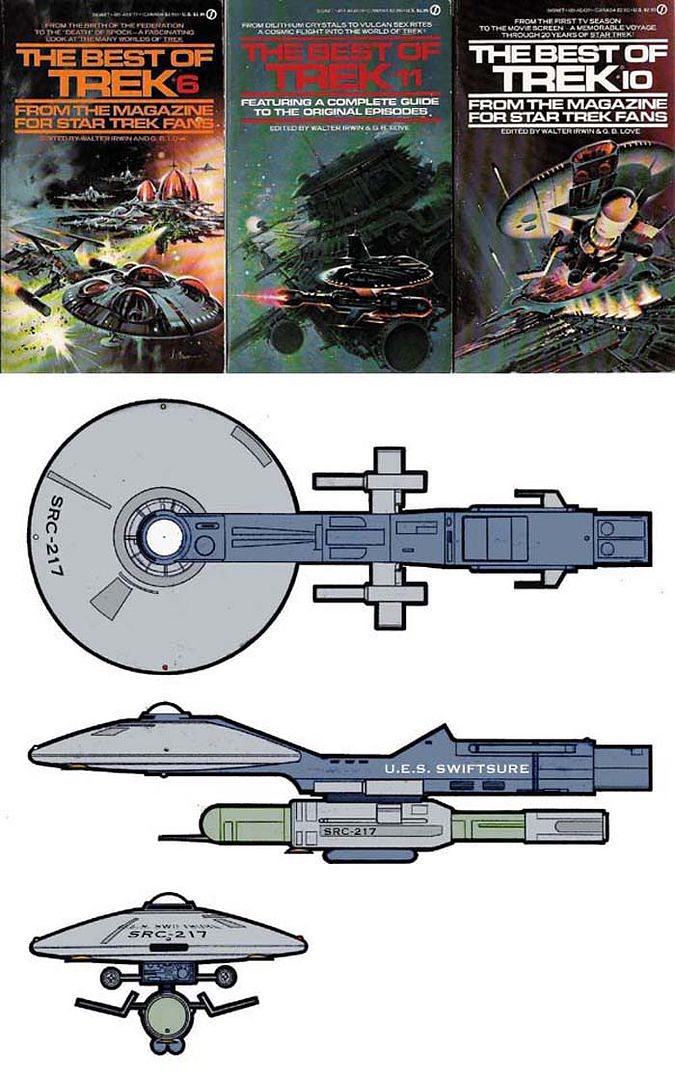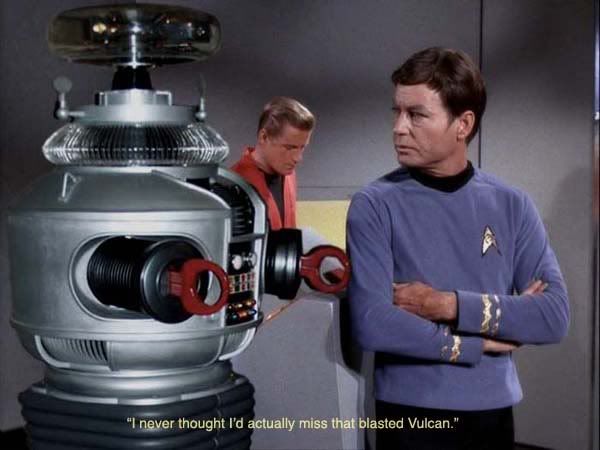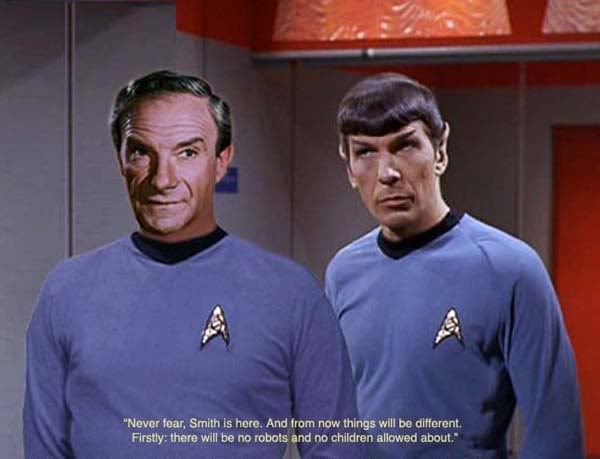Christopher, to further piss people off and drain yet more life out of this thread, do you subscribe to the widely discussed theory/retcon that Dr. Smith's personality changed only as the result of the considerable physiological damage done to him in experiencing the initial takeoff thoroughly unprotected from its impact?
That doesn't wash, because his personality shift didn't really begin until a half-dozen or so episodes later.
I like the take from the '90s Innovation comics that his clownish, cowardly persona was just an act he adopted to convince the Robinsons he was harmless. But I've also always subscribed to the notion that he was never entirely ruthless to begin with. In the first few episodes, he's capable of arranging a sabotage that will kill from a distance, out of sight and out of mind, but doesn't have it in him to kill more directly, especially children or people he's gotten to know personally. A lot of people point out his malevolent glee at "killing" the guard in the first episode, but there's no confirmation that the guard died. To be sure, his choice to save the Robinsons in "The Hungry Sea" was more about self-interest -- not wanting to be alone with only the Robot for company -- than compassion, but he did save them. He needed human companionship, and as long as he was stranded with the Robinsons, he needed to persuade them that he wasn't a threat.
The comics also postulated that the sillier turn the series took after season 1 represented Penny's embellished version of their experiences in her diary. There was an issue that had two parallel narratives by different artists, one showing a grittier, more realistic adventure, the other showing Penny's campy and fanciful version of the same tale. It implied that a lot of Smith's buffoonish characterization was Penny's exaggerated view of him.
In-universe, I don't think there's anything to say that such an impact on Smith might not have taken some period of time to start manifesting itself. To shoehorn a focus on him during those pilot derived episodes would have been difficult given the content that had to be used and the fact the Irwin Allen would likely have been loath to spend any more production money than necessary as those episodes were already essentially in the can.
I wouldn't put such a distance between Smith's unmitigated instinct and ability to be directly lethal when it suited his purposes early on either. I don't think he was gleeful in his attack on the guard, it simply had to be done. Whether the guard was killed outright or not seems irrelevant as Smith's two thoughts about disposing of the body, would both have finished the job as he well knew. He did have some positive feeling towards Will from the beginning, but remember, he didn't make any differentiation to the Robot of limitations of who should get the chop when the opportunity arose. I don't think he was alarmed that Will was about to eeeliminated, as he described it to the Robot, but only that the circumstances that were about to proceed , so soon after his perfidious behavior during the approach to the planet, would likely prove impossible to avoid having pinned on him.
I would also point out that his demonstration of the Robot's strength to West and Dr. Robinson was no idle bluff. I have no reason to think that he wouldn't have had West pulverized if the latter didn't accede to his demands. One might argue the foolhardiness of such an action, which would leave no one to pilot the ship, but he did hedge his bet by having the sabotage of the braking rockets as a backup to force West's hand if needs must. Smith may also have believed that the Robot could take control of the ship's operation, a notion he was disabused of only later in the episode.
As to the suggestion he was acting to minimize the Robinson's suspicion of him, I would submit that throughout the first season at least, his attitude towards West and the Drs. Robinson was pretty consistently contemptuous, both directly and privately. Certainly, he did act, feign illness, conveniently disappear when asked to do a task, etc. but I think that generally, this was his way of giving them the finger in regards to helping them. Also, knowing their forgiving nature, save West of course, he pretty will thought he could get away with anything and suffer no consequences, (The Oasis).
Lastly, the idea propounded that what we saw was Penny's innocent take on events as detailed in her diary is certainly an imaginative and creative conceit that is quite interesting to consider. Though, the one thing about it is, while Judy was shown making tapes detailing their life, once anyway, I don't have any recollection of ever seeing Penny keep a diary. However, I'll readily concede that I might be forgetting some brief scene or two showing that she did.
Well, I guess it's off to the rewatch to provide the indisputable answer to that vexing question.
Ta Ta and toodeloo!!!





 ) in proper measuring and connecting the dots and see the form take shape. And realize that one dot was far out of line with all the others...
) in proper measuring and connecting the dots and see the form take shape. And realize that one dot was far out of line with all the others...

